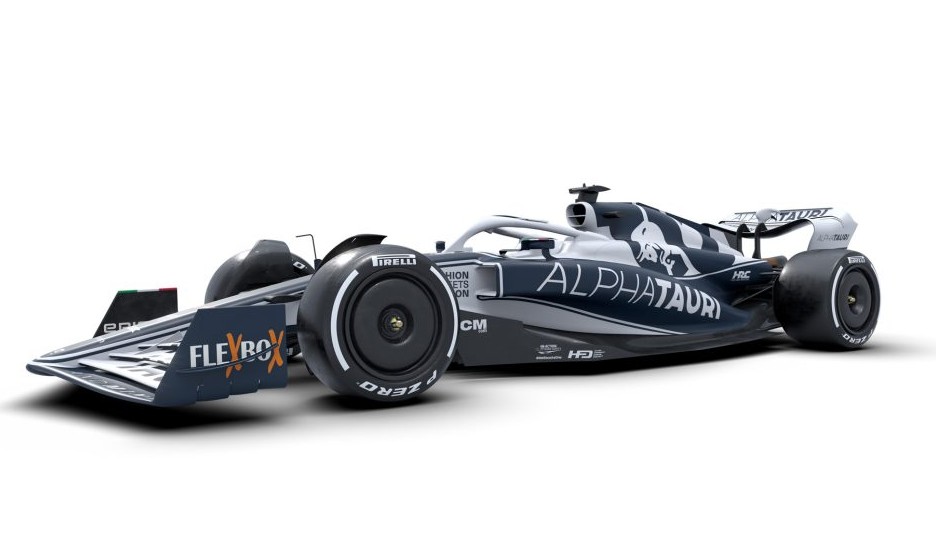
The 2022 Formula 1 season is set to start on March 18 in Bahrain. For this season, the Formula 1 cars are totally redesigned in a bid to improve competitiveness and to reduce costs. There is a new aerodynamic package and development of the engine and gearbox is frozen until the end of the 2025 season. When it come to aerodynamics, design of the wings and endplates has been simplified. The make up for the lost downforce, F1 has re-introduced ground-effect underbody tunnels. These changes are intended limit the dependence of F1 cars on wings for downforce, which in the 2021 season was the main reason for a lack of overtaking on track: when a car sat behind another, it lost downforce due to the loss of air over its wings. With the new ground-effect tunnels, this problem will be partially solved.
For gearbox and engine, the development is basically frozen until the end of the 2020 season, when yet another and more final rule change will come into effect. That means that for the coming years Formula 1 cars will continue to use their current power train: a 1.6 liter turbocharged V6 engine mated to a ‘KERS’ hybrid energy recovery system, consisting of an electric motor and a battery unit. Output depends on constructor, but hovers around 1000 hp.

Another big changes is the tire size, which goes up from 13 inches to 18 inches, the biggest single tire size increase ever in Formula 1. The larger tires give constructors more space to fit larger carbon ceramic brakes, which, like the altered aerodynamics, is meant to allow for more overtaking: the later and harder a vehicle can brake, the more track space a driver has to ‘outbrake’ his opponent in the corners and overtake. During the 2021 season, the side of the front brake disc was 278 millimeter with a width of 32 millimeter. F1 also regulates the number and size of the cooling holes in the ventilated brake discs. In 2021, at the front brake discs, the holes had a maximum diameter of 2.5 millimeter and a maximum number of 1480 holes per disc. For 2022 the brake disc diameter is up to a max of 330 millimeter and width remains the same. The diameter of the hole grows to 2.5 millimeter. However, the number of holes is down to 1100. The basic idea behind the changes in the size of the holes is the improve cooling, and the lower number of holes will improve aerodynamics. It is pretty much the same story at the rear. In 2021, the max brake disc size was 266 millimeter with a 32 millimeter width. The ventilated brake disc holes had a diameter of 2.5 millimeter and a limit of 1050 units. In 2022, the size of the disc goes up to 280 millimeter and width remains once again the same. The hole size is now 3 millimeter and the maximum number of holes per disc is down to 900.
Whether the changes work as intended remains to be seen. The upcoming tests will offer some clues, but the real results will only be known after the first race. Brakes for the Formula 1 are supplied by Akebono, Brembo, and 920Engineering.
Further reading: TheRace, Autosport, Pledgetimes.